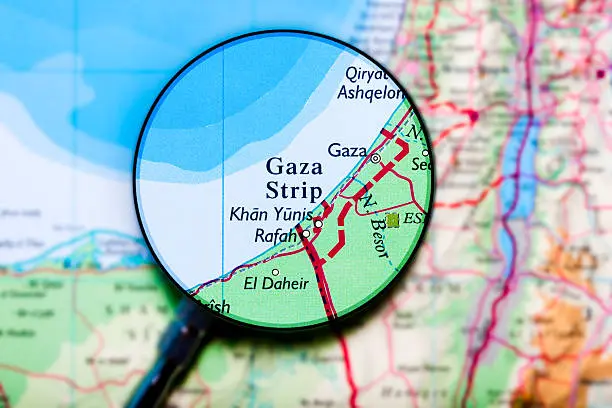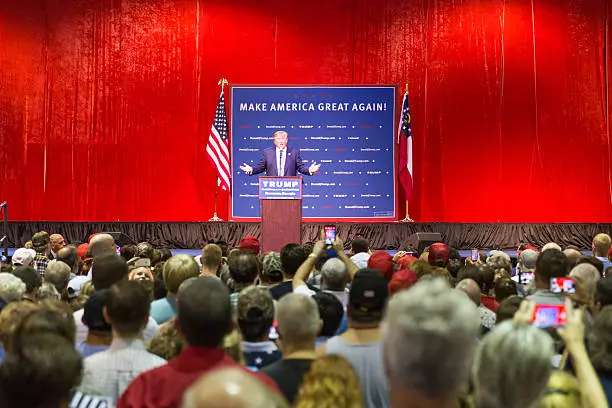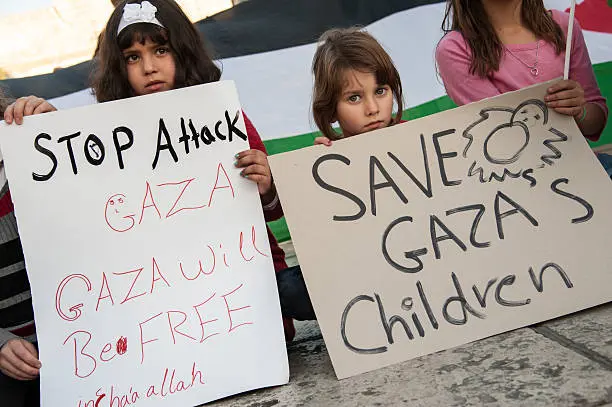October 1, 2025 | Washington, DC: The unveiling of the Trump Gaza plan has once again put the Middle East in the global spotlight. Released amid fragile peace efforts, the proposal arrives as negotiators push forward on a long-awaited Gaza ceasefire agreement. Supporters hail the initiative as a bold step, while critics question whether it can truly bring lasting stability to one of the world’s most volatile regions.
What the Trump Gaza Plan Proposes?
The Trump Gaza plan focuses on creating a framework that ties humanitarian aid, security guarantees, and regional partnerships together. It reportedly includes:
- A phased withdrawal of military forces from key areas.
- Increased funding for rebuilding Gaza’s infrastructure.
- Joint oversight by international and regional partners.
- Incentives for Palestinian leadership to commit to the Gaza ceasefire agreement.

Former U.S. President Donald Trump has framed the plan as a pragmatic solution that combines diplomacy with economic development. He emphasized that peace cannot be sustained without jobs, schools, and secure living conditions for ordinary families in Gaza.
In Israel, reactions of locals are divided as well. While some welcome the prospect of calm under a potential ceasefire agreement, others remain skeptical about enforcement and security guarantees. The human cost of recurring conflict has left both communities yearning for a sustainable solution.
International Response
The proposal has drawn attention across the Middle East and beyond. Gulf nations have cautiously welcomed the Trump-Gaza plan, noting its emphasis on economic recovery. European leaders have also expressed guarded optimism, urging both sides to prioritize humanitarian needs.
At the same time, some critics argue that the plan risks sidelining broader political questions. Without addressing the root causes of the conflict, they say, no Gaza agreement can hold for long.
Why the Ceasefire Agreement Matters
The Gaza ceasefire agreement currently under discussion is central to reducing violence. Mediators believe that if both sides commit, daily rocket attacks and airstrikes could be halted, creating space for humanitarian relief.

Linking this fragile truce with the Trump-Gaza plan is seen as a way to build momentum. If aid flows and reconstruction projects begin quickly, ordinary Palestinians may gain tangible benefits that reinforce the peace process.
Challenges Ahead
Despite the optimism, multiple hurdles remain:
- Mistrust: Years of failed negotiations make leaders cautious.
- Implementation: Monitoring troop withdrawals and aid delivery will require robust oversight.
- Political divisions: Rival Palestinian factions may not agree on how to engage with the Trump Gaza plan.
- Regional dynamics: Neighboring countries will play a key role in sustaining the Gaza ceasefire agreement.
Observers note that any misstep could unravel progress, plunging the region back into violence.
The Human Dimension
At its core, the Trump Gaza plan and the ceasefire agreement are about people. Families in Gaza long for uninterrupted electricity, access to clean water, and schools that are not constantly under threat. For Israeli families near the border, peace means children can sleep without the sound of warning sirens.
Humanitarian agencies stress that success will be measured not just in signed documents but in the lived experiences of those affected.

The unveiling of the Trump Gaza plan has reignited global debate on how to achieve lasting peace in the Middle East. As talks over a Gaza ceasefire agreement advance, the two initiatives may prove complementary or they may collide under the weight of political realities.
For now, hope is cautiously alive. Whether these efforts translate into genuine change will depend on political will, international cooperation, and above all, the resilience of the people most impacted by the conflict.
Also Read: New Umrah Rules Announced for Pilgrims From UAE: Pre-Booking Hotels and Transport Now Mandatory







